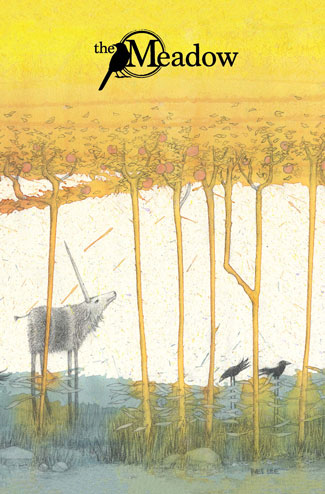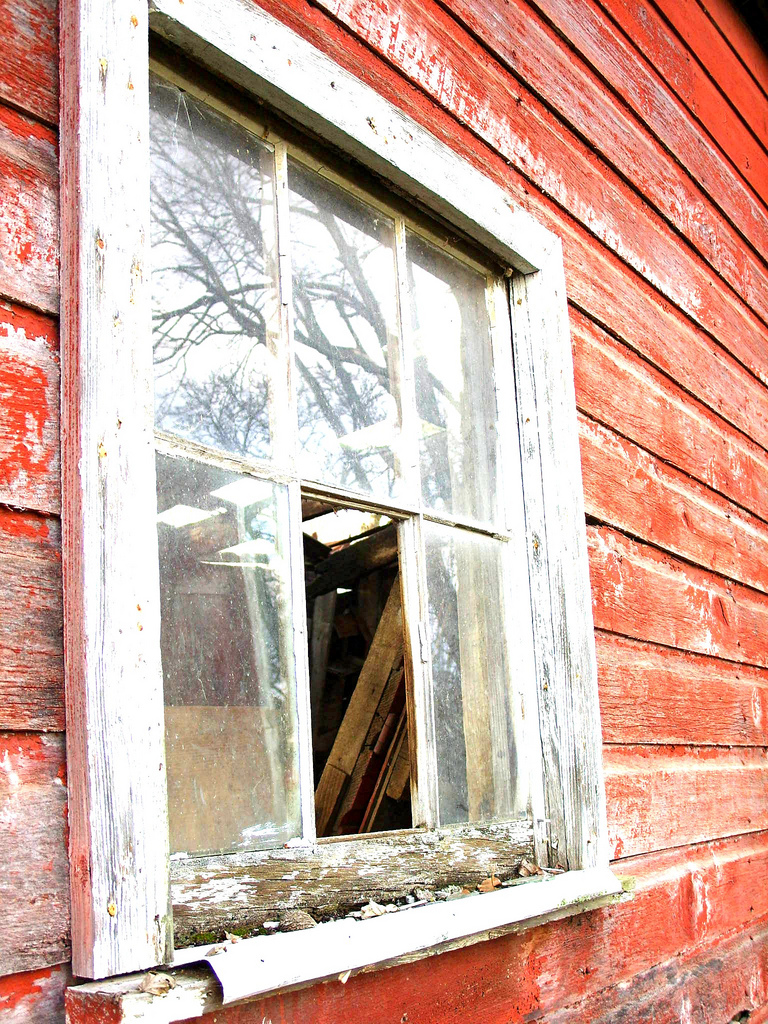"Tropey-Dokey: Enhancing Imagery with Tropes"
By: Melanie Faith
12:30 in the afternoon was a sacrosanct time for my grandma and my mom. It was the starting time for their favorite soap. As in their “stories.” Month after month, year after year, from two houses a half-town apart both of which used rabbit-ear antennas so popular in the ’70s and ’80s, they tuned in five days a week. Eagerly, they followed the unfurling complications of characters both glam-tastic and down-on-their-luck in a fabled city that had the same name as a European city (which didn’t hurt the appeal).
Okay, so sometimes the plot lines were admittedly fantastical—amnesia and never-before-mentioned twin siblings, anyone? Still, the protagonists (and often the rascally antagonists, too) were likeable in their emotional conflicts and botched intentions.
Soap operas— like most novels, visual storytelling such as photos and movies, and plays— are based on comforting tropes, you know: those recurring motifs and literary devices that we can often foresee but still wait around to watch how it all shakes down anyway.
Unlike learning calculus or molecular biology, we don’t have to strain to notice bits and pieces of what it’s like to struggle and to celebrate human foibles and small triumphs within the characters whose lives unfurl scene by scene, even if our own lives don’t involve heirs/heiresses, ballrooms, or jet-setting.
Lest you think soap operas are solely low-brow and cheesy escapism, think again: tropes can be traced as far back as the ancient world. In Classical Greece the term meant “turn,” and is still used in modern Deconstruction Theory. Aristotle, in Poetics, discusses common tropes in tragedies and epics.
The important part about tropes is that viewers, readers, and artists all relish patterns. Also, these recognizable patterns can lead to some wonderful extended narratives. I’ve seen many photo series based on developed tropes from fairy tales and other imaginative and recognizable patterns.
In short: tropes, my friends, are our friends.
It’s not rocket science, but that’s not usually what we need from the art we enjoy or the art we create-- art is the balance of tension between the familiar and the human need for escape from drudgery. Resonant art has elements of the recognizable as well as elements of transcendence. Too much of one over the other leaves us cold, with no connection to the material. Too little of both, and it likely won’t catch much less hold our attention in the barrage of sights, sounds, and events flooding our days.
Tropes might seem a shortcut, but they provide a meaningful jumping off point for riffs on numerous human experiences.
Timeless recurring tropes explored in the visual and written arts include:
· Misunderstood or conflicted protagonists, commonly in youth but occurring in other life stages, too
· Changes of personal or group identity, mistaken identity
· Changes of locale/geography, escape
· Love gained, love in trouble, love lost, love regretted
· Death and the dying process
· The un-suppressible secret
· The unexpected accident and its aftermath
· Retribution/Payback (whether delivered person-to-person or on its own)
· Changing seasons—both geographic and internal/metaphorical
· Rescue—of others, of self
· Reunions of individuals (former friends, former enemies) or groups
Try this Prompt! Pick three of the above tropes. Jot ideas for ten minutes, without stopping to censor yourself, for how you might express these common tropes using your own unique talents and photo-taking skills.
Also consider locations or backdrops and possible props or subjects you might incorporate into each of the three tropes.
Compare and contrast the notes you take on your chosen three tropes. Cross out the most-cliché or obvious description of the three, and pick one of the other two tropes to make into a photo session or a photo series. Go!
******
My "Photography for Writers" online class starts on September 21st. I'd love to get to work with more creative, inspired folks.
No previous training with a camera necessary (you can use a camera phone or any other types of cameras you might enjoy).
Guaranteed to inspire your Muse and enliven your written imagery as well.









